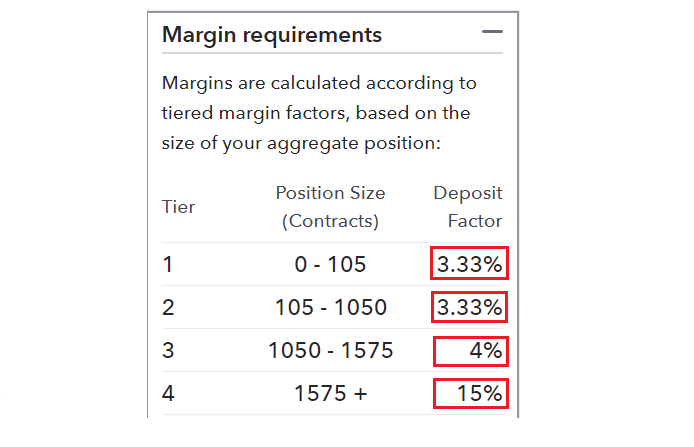Imagine embarking on a thrilling journey without any means of propulsion. In the world of forex trading, that vital catalyst is the margin. Margin is the financial backbone that empowers traders to leverage their capital, enabling them to control substantial positions with relatively smaller accounts. Understanding this crucial concept is paramount for aspiring forex traders.

Image: www.dailyfx.com
Navigating the Essence of Margin
At its core, margin refers to a form of collateral that traders deposit with their brokers. It serves as a safety net, acting as a risk management tool that protects both the trader and the broker. When traders enter a forex trade, they are essentially agreeing to buy or sell a specific currency at a predetermined exchange rate. Margin empowers them to execute these transactions without having to cover the entire value of the trade upfront.
Let’s simplify this with an illustration. Suppose you have a trading account with $1,000 and want to buy $10,000 worth of the euro against the U.S. dollar. Typically, a forex broker might require a margin of 10%, or $1,000 (the value of your account), to facilitate this trade. This allows you to control a position that is ten times larger than your initial investment.
The Pros and Cons of Utilizing Margin
Leverage is a double-edged sword. While it amplifies your potential profits, it also magnifies your potential losses. Losses exceeding the initial margin amount can result in a margin call, requiring you to deposit additional funds or face the closure of your trade. It’s crucial to strike a balance between the pursuit of higher returns and managing risk effectively.

Image: taniforex.com
What Is Margin In Forex
https://youtube.com/watch?v=tPyMN-7bAZg
Tips for Managing Margin Prudently
To harness the power of margin wisely, consider these golden rules:
-
Adequately Fund Your Account: Ensure your account balance is sufficient to withstand potential losses and margin calls.
-
Understand Your Risk Tolerance: Only leverage an amount you are comfortable losing. Embrace a conservative approach if you are new to forex trading.
-
Monitor Market Volatility: Keep a close eye on market conditions, especially during periods of high volatility. Avoid excessive leverage when markets are erratic.
-
Secure a Margin Safety Buffer: Maintain a margin level (the ratio of equity to margin used) that provides a comfortable buffer zone. Avoid trading near the margin call threshold.
-
Utilize Stop-Loss Orders: Employ stop-loss orders to automatically close your trades when they reach predefined loss levels, limiting your potential losses.
Margin, when used judiciously, can be an invaluable tool in the forex trading arsenal. It enables traders to amplify their returns while prudently managing risk. The key lies in understanding its mechanics, adopting sound risk management practices, and trading within the boundaries of your financial limits.







